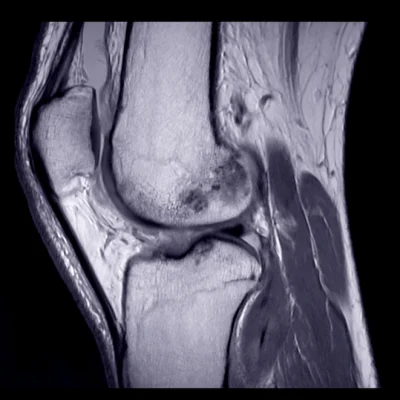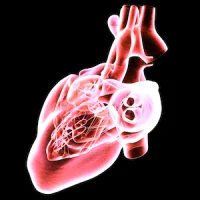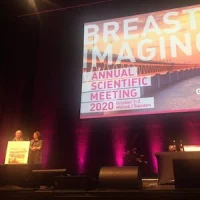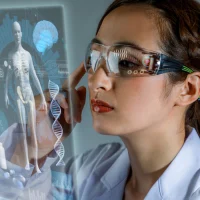The pursuit of excellence by athletes in different sports has its bad side, as long hours of training and practice take a toll on their bodies and health. Luckily, imaging plays an increasingly important diagnostic role in sports medicine.
You might also like:Imaging Plays a Key Role in Evaluating Injuries at the Olympics
Some of the most advanced imaging methods and technologies are now used in diagnosis and treatment of sporting injuries, which places the discipline at the cutting edge of radiology. It is only fitting therefore that "sports imaging" has been chosen as the theme for this year's celebration of International Day of Radiology (IDoR).
As part of its efforts to mark IDoR 2019, the European Society of Radiology has published interviews with 40 experts in musculoskeletal (MSK) radiology and sports imaging, dealing with topics within those fields and the state of radiological practice in various countries. These experts each hail from a different country, from all over Europe, North and Latin America, Asia, Australia and South Africa, making their answers a unique window into the developments and concerns of their nation, according to a statement released by the ESR.
Many of the responses from interviewees delve not only into aspects of MSK imaging as encountered in their daily work, but also the demands of the sporting industry and increasing rates of amateur athleticism on radiology. Because the interviews encompass a wide range of topics, they provide insights useful for radiologists in various subspecialties.
Sports imaging is a fast-moving and multifaceted subspecialty, which plays an increasingly central role in the prognosis of injuries sustained by both professional and amateur athletes. Although many cases are similar to non-sporting injuries, they often have unique pathologies and treatment pressures to consider, according to the ESR.
Just like in previous years, over 160 radiology-related professional societies from around the world will take part in marking the International Day of Radiology. These groups have lined up different activities to celebrate IDoR 2019, such as public lectures, department open days, conferences, and press events.
The International Day of Radiology, held yearly since 2012, aims to promote greater awareness of the value that radiology contributes to safe patient care, as well as improving understanding of the vital role radiologists and radiographers play in the healthcare continuum. November 8, the day that Wilhelm Conrad Röntgen discovered the existence of x-rays in 1895, was chosen as a day of action and awareness.
Image Credit: iStock
Latest Articles
Imaging, ESR, European Society of Radiology, International Day of Radiology, IDoR, athletes, sports injuries, MSK, Musculoskeletal, Musculoskeletal Imaging, sports imaging, Focus on Sports Imaging for International Day of Radiology, MSK imaging, young competitive athletes (YCAs), Wilhelm Conrad Röntgen
As part of its efforts to mark IDoR 2019, the European Society of Radiology has published interviews with 40 experts in musculoskeletal (MSK) radiology and sports imaging, dealing with topics within those fields and the state of radiological practice in v










